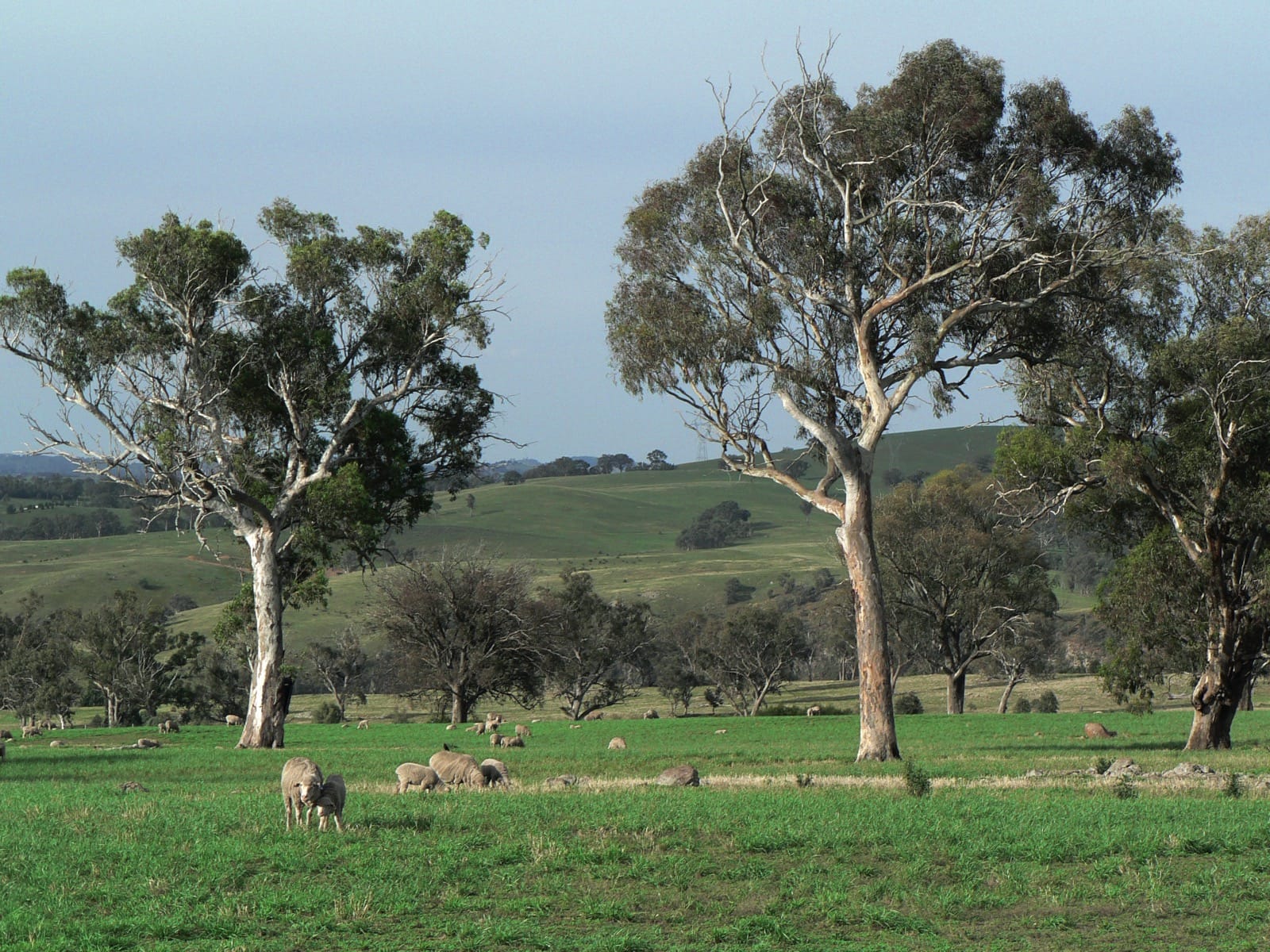Eucalyptus blakelyi
Credits
Article from New Trees by John Grimshaw & Ross Bayton
Recommended citation
'Eucalyptus blakelyi' from the website Trees and Shrubs Online (treesandshrubsonline.
Genus
Common Names
- Blakely's Red Gum
Other taxa in genus
- Eucalyptus acaciiformis
- Eucalyptus albida
- Eucalyptus amygdalina
- Eucalyptus archeri
- Eucalyptus bridgesiana
- Eucalyptus brookeriana
- Eucalyptus camaldulensis
- Eucalyptus camphora
- Eucalyptus chapmaniana
- Eucalyptus cinerea
- Eucalyptus coccifera
- Eucalyptus cordata
- Eucalyptus crenulata
- Eucalyptus cypellocarpa
- Eucalyptus dalrympleana
- Eucalyptus delegatensis
- Eucalyptus elliptica
- Eucalyptus fastigata
- Eucalyptus fraxinoides
- Eucalyptus globulus
- Eucalyptus gregsoniana
- Eucalyptus gunnii
- Eucalyptus johnstonii
- Eucalyptus kybeanensis
- Eucalyptus lacrimans
- Eucalyptus laophila
- Eucalyptus leucoxylon
- Eucalyptus macarthurii
- Eucalyptus macrorhyncha
- Eucalyptus mannifera
- Eucalyptus melliodora
- Eucalyptus mitchelliana
- Eucalyptus moorei
- Eucalyptus morrisbyi
- Eucalyptus neglecta
- Eucalyptus nicholii
- Eucalyptus nitens
- Eucalyptus nova-anglica
- Eucalyptus obliqua
- Eucalyptus oreades
- Eucalyptus ovata
- Eucalyptus parvula
- Eucalyptus pauciflora
- Eucalyptus praecox
- Eucalyptus radiata
- Eucalyptus regnans
- Eucalyptus remota
- Eucalyptus risdonii
- Eucalyptus rodwayi
- Eucalyptus rubida
- Eucalyptus saligna
- Eucalyptus sideroxylon
- Eucalyptus stellulata
- Eucalyptus subcrenulata
- Eucalyptus tenuiramis
- Eucalyptus urnigera
- Eucalyptus viminalis
Tree to 25 m. Bark white or grey with pink, yellow or greyish blue patches; smooth throughout. Branchlets greenish red. Juvenile leaves sessile, ovate to round and greyish green. Adult leaves thick or thin, bright green, grey-green or glaucous, 9–16 × 1–2 cm, lanceolate, lateral veins prominent, margins entire, apex acute, base tapering towards the petiole; petiole terete, 1.5–2.2 cm long. Inflorescences axillary and solitary; umbellasters with 7–11 flowers. Flower buds conical and glaucous; hypanthium 0.3–0.5 cm wide; stamens white or cream. Capsule globose or hemispherical, 0.4–0.8 cm diameter; valves three to four, exserted. Chippendale 1988. Distribution AUSTRALIA: New South Wales (widespread in the east except on the coast), Queensland (southeast), Victoria (northeast). Habitat Woodland and open forest. USDA Hardiness Zone 9. Conservation status Not evaluated. Illustration NT334.
Eucalyptus blakelyi was marginal on our list of species to be considered here, but has been included with a full account on the strength of news from John Purse (pers. comm. 2007) that in his north Kent location he has young trees planted in 2004 that have survived –7 ºC and flowered in 2007. These plants are derived from seed collected at the species’ highest-altitude sites. Giving a contrary view, Sean Hogan reports (pers. comm. 2007) that it has been killed at –3 ºC on the Oregon coast. It is worth growing, even for a short time, for its attractive and unusual juvenile foliage.

